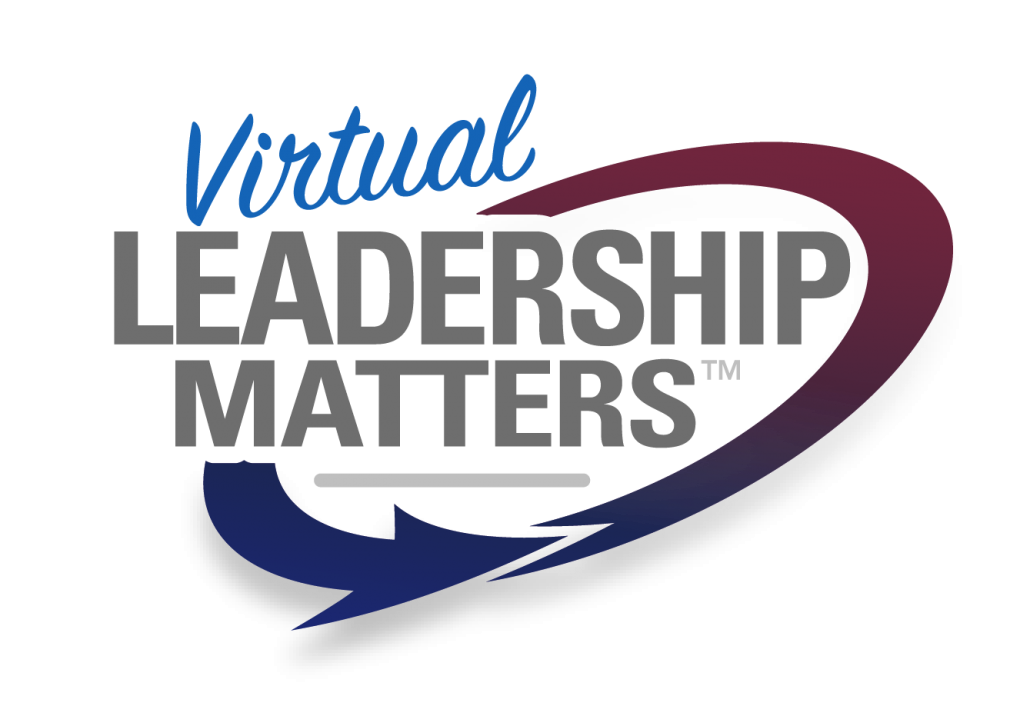Leadership Excellence Built on Commitment, Empowerment and Smiles!
In my previous blog I outline a model called “The Compliance Control Trap™” that is based on “old school” leadership principles where the leader tells people how to do their work and then monitors them to ensure that they are compliant in following the directions. I pointed out that this a “trap” because it works. Even though it works, it is not very effective, particularly when leading people who work remotely on a virtual team. So, even though control-oriented leadership works (sort of), there is still a need to adopt a different approach to leadership that is much more effective in achieving greater commitment and productivity. The more effective approach to leadership is called “The Commitment Empowerment Model™”.
The Commitment Empowerment Model™
The Commitment Empowerment Model™ up is a leadership style that draws on relationship-based sources of power and influence to get things done. The leader builds positive relationships, fosters trust, builds capability in others, provides feedback and role models performance excellence. They lead with “soft skills” and emotional intelligence. It is important to note that soft skills are focused on treating people respectfully. Unfortunately, I have encountered leaders who perceive the use of “soft skills” as being weak. This couldn’t be further from the truth. I worked for one CEO who told me “soft skills don’t mean soft expectations”. He had very high expectations for his team and achieved stellar results. We worked very hard for him and were happy to do it. If you weren’t making the grade, he would tell you without crushing your spirit or attacking your self-esteem.
Focus on “What” not “How”
Another important aspect of the Commitment Empowerment Model™ is that the leader focuses on clearly explaining the goals and desired outcomes of an activity or task. They build commitment to those outcomes by involving the people they lead in developing strategies to achieve the outcomes. In simple terms, they focus on what to achieve vs. how to do things. The goal of the leader is to empower people wherever possible. The concept of empowerment has been around for quite some time and yet I’m not sure it is as well understood as it could be. The word “power” is imbedded in the concept of empowerment. One way to understand power is to relate it to authority and decision-making. In an organization, an employee’s power is based on a combination of their freedom to make decisions and the level of impact of the decisions. A senior leader who has the authority to make million-dollar decisions on their own certainly has a lot more power than someone who is given the authority to make decisions up to fifty thousand dollars before they have to ask for permission from someone who has more decision-making authority (power). It’s also important to note that the authority should not be given to someone who has not gained the competence to make independent decisions at the level of authority being given.
Build Competence, Share Authority
So, empowerment is about building competence and sharing authority. Leaders who embrace the Commitment Empowerment Model™ build competence and delegate decision-making authority to the people that work for them. This results in much higher levels of accountability, commitment and productivity. It is important to note use of the word “sharing” when talking about delegating authority. Many leaders have told me that they are reluctant to empower people because they don’t want to lose control. When the mindset is stuck on giving away control, it can be difficult to change. There needs to be a shift in mindset from losing control to sharing control. This is made easier by building competence and trust in the people you share it with. The more control an employee has with respect to making their own decisions on how to achieve the results that the leader wants, the more likely that they will be committed to achieving those results. One other barrier to sharing is the oft-used excuse “none of my people are ready (aka I don’t trust them)”. Ok – whose fault is that? If this is your explanation, then you should be committed to explaining why no one is ready. As James Belasco said in his book “Flight of the Buffalo”, if you are pointing one finger away from yourself placing the blame on others, you are likely also point three fingers at yourself and there is a three-to-one chance that’s where the real accountability lies. Read the book. It’ll help.
Better Use of Time
Empowering people also has positive impact on a leader’s ability to manage time. If the leader is always spending time answering questions are giving permission, there may be little time left to focus on more strategic tasks that add greater value. Leaders should be spending time “on the business” not “in the business”. When employees have the competence and authority to make good decisions without having to always check with the leader, the leader has more freedom to make better choices with respect to how to spend their time. Of course, you want to schedule check in conversations to provide the employees you have empowered, to update you on all the good things that they have achieved. Remember focus on results not activities.
A Better Tool
In my last blog, for leaders stuck in the Compliance Control Trap™, I promised a more in-depth explanation of a better tool for leadership. So, there you have it – the “Commitment Empowerment Model™” is a better leadership approach. For leaders who manage remote workers and virtual teams, shifting to this style of leadership is critical in order to achieve greater employee commitment and productivity.
As always, I welcome your feedback. You can connect with me via email or telephone or leave a comment right here on the site.
Until next time,
Dave
The Author
David Town, CHRL, ACC, is a facilitator and coach of leadership and management principles that enable individuals and organizations to build greater leadership competency, resulting in higher performance and higher employee engagement. David has a particular focus on effective leadership of virtual teams. David is a member of the Human Resources Professionals Association (HRPA), the International Coaching Federation (ICF) and is Co-Founder and Principal of Virtual Leadership Matters Inc.


